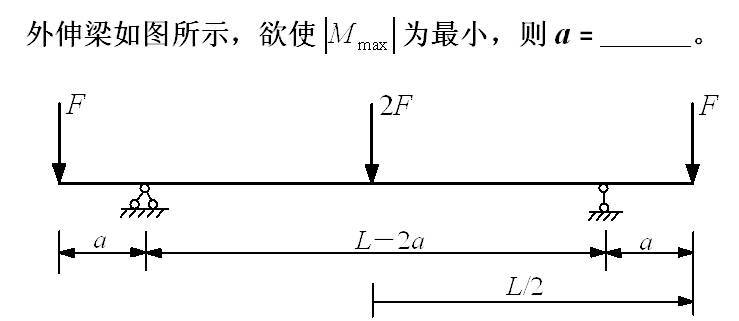Directions: In this part, you will have 15 minutes to go over the passage quickly and answ
er the questions on Answer Sheet 1. For questions 1-7, choose the best answer from the four choices marked A), B), C) and D). For questions 8-10, complete the sentences with the information given in the passage.
Will We Run Out of Water?
Picture a "ghost ship" sinking into the sand, left to rot on dry land by a receding sea. Then imagine dust storms sweeping up toxic pesticides and chemical fertilizers from the dry seabed and spewing them across towns and villages.
Seem like a scene from a movie about the end of the world? For people living near the Aral Sea in Central Asia, it’s all too real. Thirty years ago, government planners diverted the rivers that flow into the sea in order to irrigate farmland. As a result, the sea has shrunk to half its original size, stranding ships on dry land. The seawater has tripled in salt content and become polluted, killing all 24 native species of fish.
Similar large scale efforts to redirect water in other parts of the world have also ended in ecological crisis, according to numerous environmental groups. But many countries continue to build massive dams and irrigation systems, even though such projects can create more problems than they fix. Why? People in many parts of the world are desperate for water, and more people will need more water in the next century.
"Growing populations will worsen problems with water," says Peter H. Gleick, an environmental scientist at the Pacific Institute for studies in Development, Environment, and Security, a research organization in California. He fears that by the year 2025, as many as one third of the world’s projected 8.3 billion people will suffer from water shortages.
Where Water Goes
Only 2.5 percent of all water on Earth is freshwater, water suitable for drinking and growing food, says Sandra Postel, director of the Global Water Policy Project in Amherst, Mass. Two thirds of this freshwater is locked in glaciers and ice caps. In fact, only a tiny percentage of freshwater is part of the water cycle, in which water evaporates and rises into the atmosphere, then condenses and falls back to Earth as precipitation (rain or snow).
Some precipitation runs off land to lakes and oceans, and some becomes groundwater, water that seeps into the earth. Much of this renewable freshwater ends up in remote places like the Amazon river basin in Brazil, where few people live. In fact, the world’s population has access to only 12,500 cubic kilometers of freshwater—about the amount of water in Lake Superior. And people use half of this amount already. "If water demand continues to climb rapidly," says Postel, "there will be severe shortages and damage to the aquatic environment."
Close to Home
Water woes may seem remote to people living in rich countries like the United States. But Americans could face serious water shortages, too, especially in areas that rely on groundwater. Groundwater accumulates in aquifers, layers of sand and gravel that lie between soil and bedrock. (For every liter of surface water, more than 90 liters are hidden underground). Although the United States has large aquifers, farmers, ranchers, and cities are tapping many of them for water faster than nature can replenish it. In northwest Texas, for example, over pumping has shrunk groundwater supplies by 25 percent, according to Postel.
Americans may face even more urgent problems from pollution. Drinking water in the United States is generally safe and meets high standards. Nevertheless, one in five Americans every day unknowingly drinks tap water contaminated with bacteria and chemical wastes, according to the Environmental Protection Agency. In Milwaukee, 400,000 people fell ill in 1993 after drinking tap water tainted with Cryptosporidium, a microbe that causes fever, diarrhea and vomiting.
The Source
Where do contaminants come from? In developing countries, people dump raw sewage into the same streams and rivers from which they draw water for drinking and cooking; about 250 million people a year get sick from water borne diseases.
In developed countries, manufacturers use 100,000 chemical compounds to make a wide range of products. Toxic chemicals pollute water when released untreated into rivers and lakes. (Certain compounds, such as polychlorinated biphenyls, or PCBs, have been banned in the United States.)
But almost everyone contributes to water pollution. People often pour household cleaners, car antifreeze, and paint thinners down the drain; all of these contain hazardous chemicals. Scientists studying water in the San Francisco Bay reported in 1996 that 70 percent of the pollutants could be traced to household waste.
Farmers have been criticized for overusing herbicides and pesticides, chemicals that kill weeds and insects but that pollutes water as well. Farmers also use nitrates, nitrogen-rich fertilizer that helps plants grow but that can wreak havoc on the environment. Nitrates are swept away by surface runoff to lakes and seas. Too many nitrates "over enrich" these bodies of water, encouraging the buildup of algae, or microscopic plants that live on the surface of the water. Algae deprive the water of oxygen that fish need to survive, at times choking off life in an entire body of water.
What’s the Solution?
Water expert Gleick advocates conservation and local solutions to water related problems; governments, for instance, would be better off building small-scale dams rather than huge and disruptive projects like the one that ruined the Aral Sea.
"More than 1 billion people worldwide don’t have access to basic clean drinking water," says Gleick. "There has to be a strong push on the part of everyone—governments and1 ordinary people—to make sure we have a resource so fundamental to life."
1.What causes the Aral Sea to shrink?
A. Global warming.
B. The widespread drought.
C. The water projects diverted the rivers.
D. The government’s construction.
 题目内容
(请给出正确答案)
题目内容
(请给出正确答案)
 简答题官方参考答案
(由简答题聘请的专业题库老师提供的解答)
简答题官方参考答案
(由简答题聘请的专业题库老师提供的解答)































